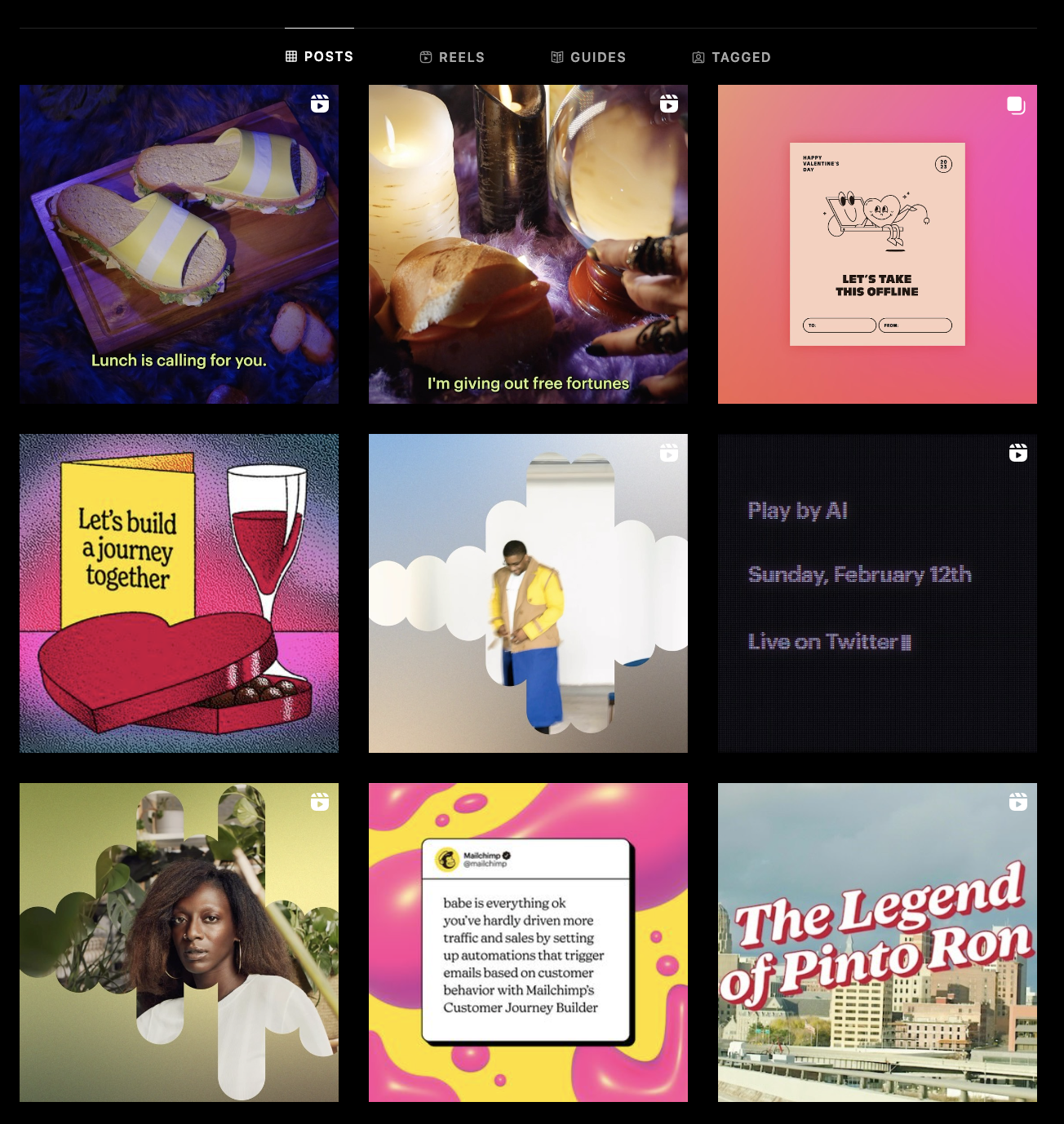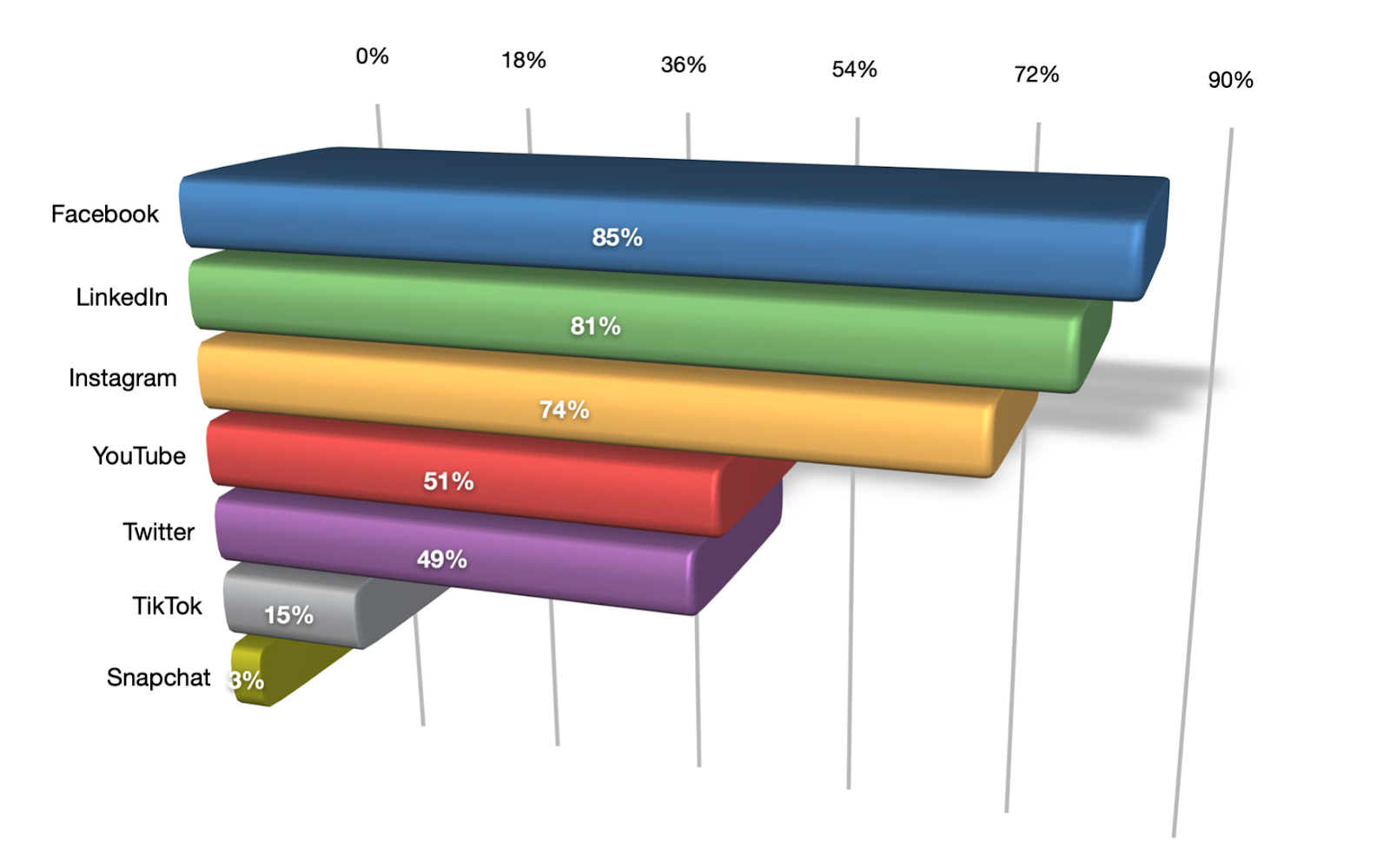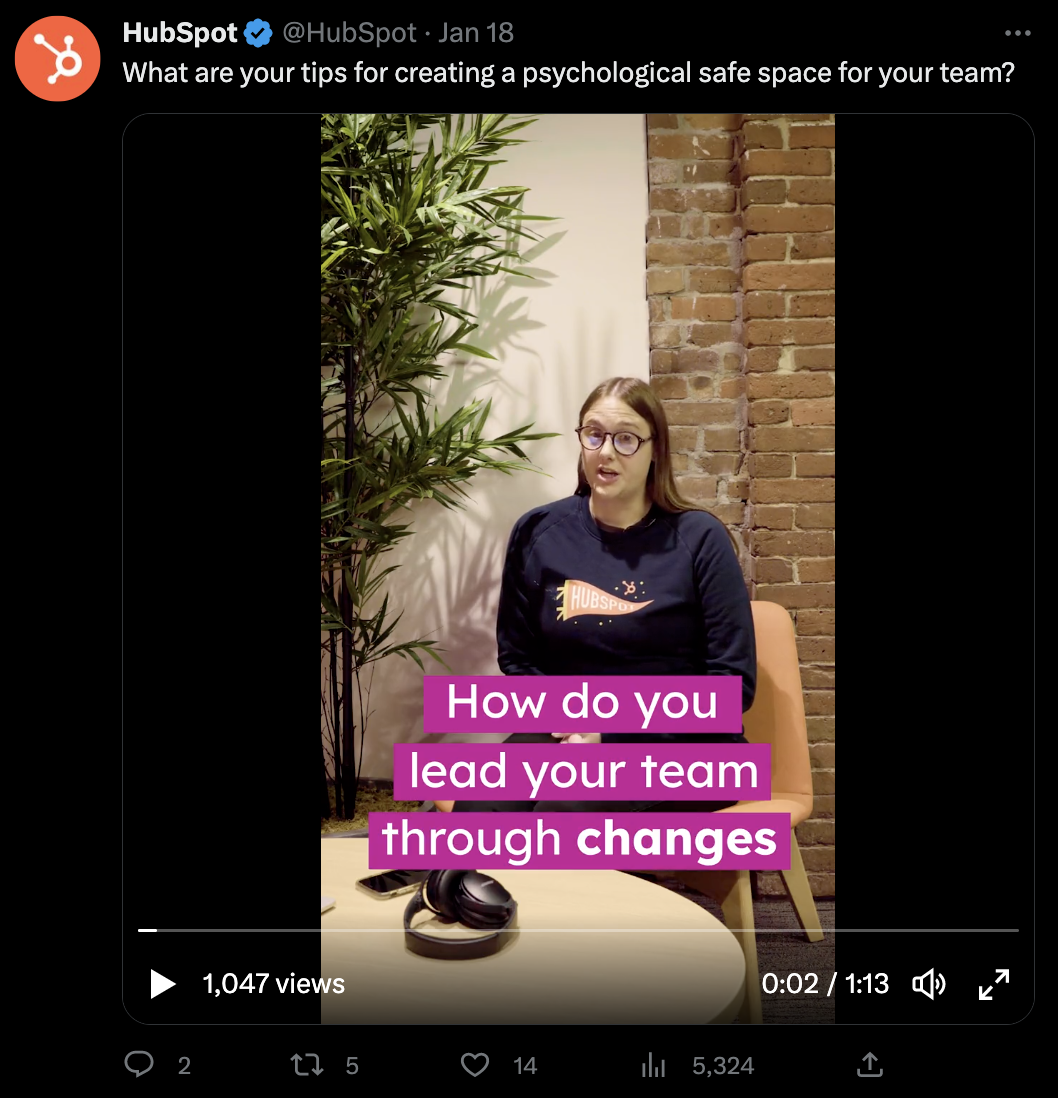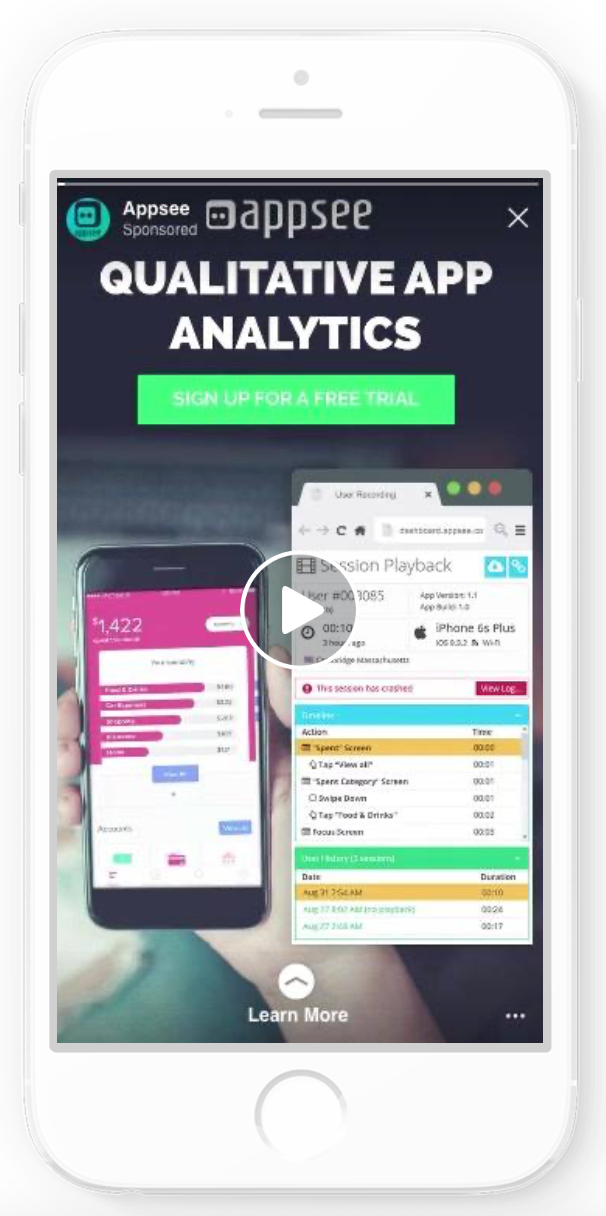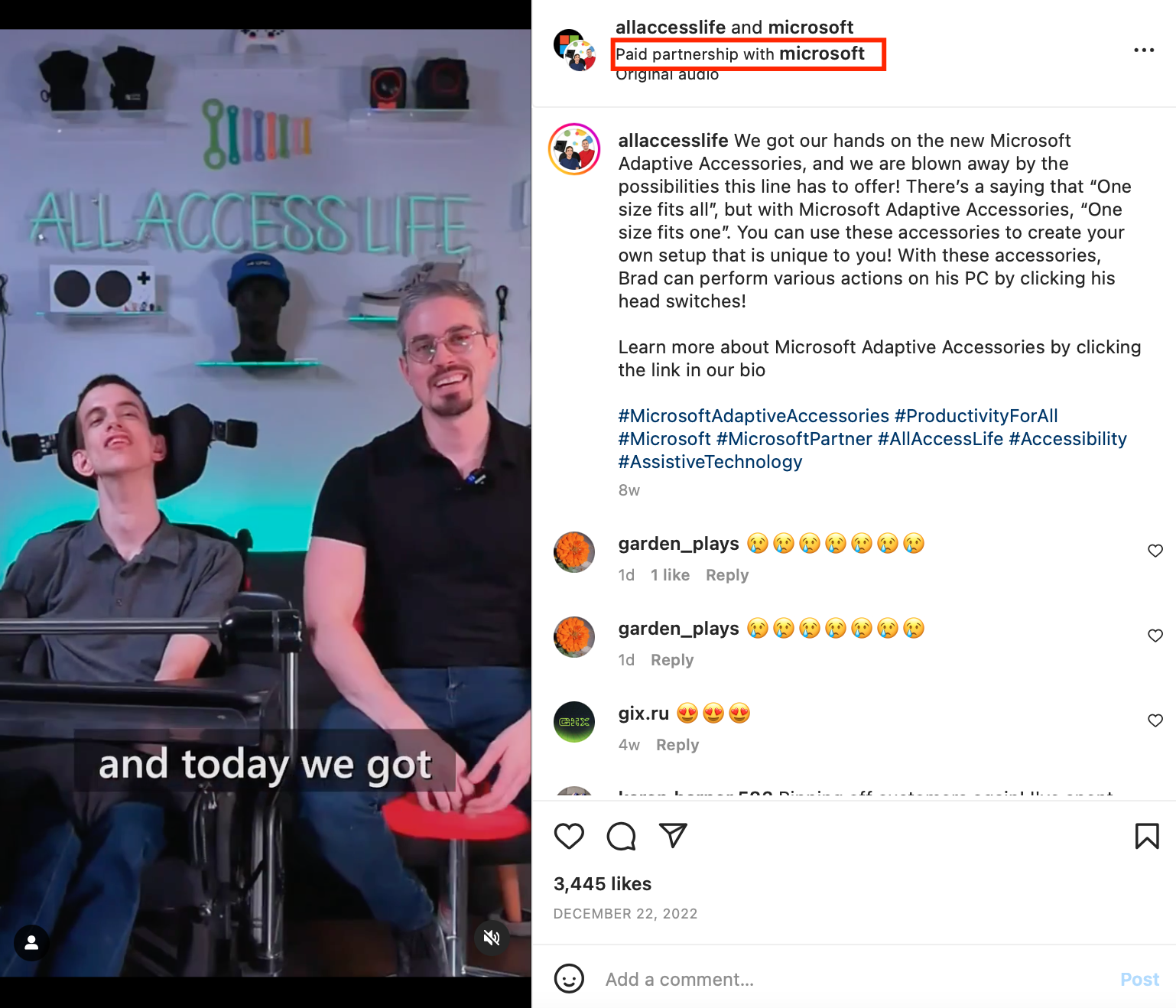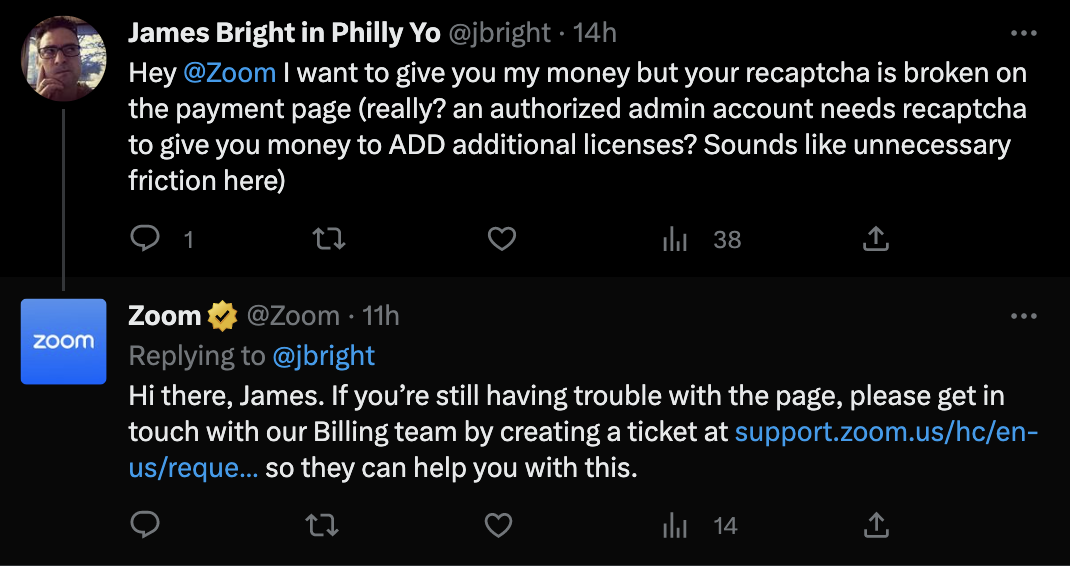Social media marketing has a tendency to be a lower priority for B2B companies because many of your customers likely find you through referrals and extensive online searching. Numerous B2Bs are also in ‘dry’ or serious industries that don’t lend well to photos. But a social media marketing strategy can still do wonders for your bottom line.
When it comes to marketing, B2Bs are essentially one group of people trying to sell a product or service to another group of people. What everyone on both sides of the transaction has in common is that they use social media – including during that extensive research before making contact.
Having an effective B2B social media marketing strategy is an important part of a strong overall digital marketing strategy. It supports your SEO and content marketing efforts. Without it, you’re missing out on a ton of opportunities for growth.
Ready to invest in social media marketing for B2B? Let’s get started!
Does social media work for B2B?
Absolutely. The days when social media channels were only effective for B2C companies with loyal, product-loving fans are long gone.
B2B customers are no different from B2C customers in that they spend a considerable amount of time scrolling through their social feeds, both on their personal time and for work.
Although it may be a bit harder to reach your B2B audience organically on social media, platforms like Linkedin and Facebook have built-in tools specifically for B2B marketers, making it easier for you to get qualified leads and connect with your existing customer base in a new and creative way.
Additionally, being active on social media can help improve your SEO and boost search demand.
B2B companies see great potential in social media marketing. In fact, over 70% of B2B marketers have reported increased sales since using social media.
Whether you have a strong social media team or are a team of one learning strategic tips through articles like this one, you can help your B2B reach a whole new audience, nurture your existing customers, and build up your brand as a thought leader in the industry.
On the flip side, without a social media presence, potential leads may doubt your legitimacy or feel that you don’t care about your customers’ interests and opinions.
9 Tips to Create an Effective B2B Social Media Marketing Strategy
1. Define Your B2B Objectives
While you already know that your B2B needs at least one active social media profile, before you make one, you need to define your objectives.
This will help you decide what platform will work best for you and what types of content will drive your goals. When done right, social media marketing can be a valuable part of your B2B lead gen strategy, too.
It’s important to note that unlike B2Cs, who tend to use social media to increase sales or even make sales directly through social platforms, B2B audiences have a longer journey to conversion, and often a pricier offering.
B2B social media is the most effective for:
- Increasing brand awareness
- Educating your audience (nurturing)
- Collecting leads
Scroll through the Mailchimp Instagram page for inspiration. The email marketing service platform uses Instagram to showcase its brand personality and promote brand awareness. You won’t see any hard-selling here.
2. Analyze Your Competitors on Social Media
Before launching any type of marketing campaign, it’s crucial to keep an eye on competitors. Knowing where your competition is most active will help you determine the best social media platform for your business – more on that in the next section.
Take a look at the type of content that resonates with their audience on each platform they use, and use that as inspiration for your own page. Look at any of their social ads that you’re able to find. Your competitors’ paid and organic campaigns can serve as benchmarks for your own; if you have a similar audience, it’s safe to assume that what works for them could work for you.
Alternatively, studying your competition can also help you identify the content gaps in your industry.
For example, your competitor may post a lot of company updates and brand-centric content, but nothing that addresses the state of the industry at large. This gives you an opportunity to own ‘newsy’ content that your audience is interested in reading but not finding through your competition. Since nobody else does it, your social media page can become the go-to source.
Similarly, competitors might be ignoring a type of content that you know your audience enjoys, such as videos or audio, or they might be ignoring customer comments. They might even be wasting time on a platform that doesn’t suit your audience or goals. There’s always something to learn from their activities.
3. Focus Your Efforts on the Right Social Media Channel
There are many social media platforms on which you could find B2B buyers, generate interest in your offering, and start a meaningful conversation.
As reported in the recent Social Media Marketing Industry study, Facebook, LinkedIn, and Instagram are the leading social media platforms for B2B social media presence.
But if you prefer to choose one platform, consider that most B2Bs still focus their efforts on Linkedin where they can connect with a more professional audience.
Unlike the mainstream platforms used for entertainment, people are on Linkedin to make business decisions. Seeing your B2B content won’t disrupt their user experience but rather enrich it.
Here’s why Linkedin is the preferred platform for B2B marketers:
- Your content won’t look out of place. People expect to see content that shares industry news and offerings that can help their businesses. Your ads will be among related industry news and career-centric content. On other platforms, your ad may be mixed in with all kinds of media.
- You can target the right people. Linkedin’s powerful targeting tools allow you to place your content in front of relevant people with the right job titles – no wasting time on a general audience not likely to convert.
- You can use employee-focused UGC. Your employees are some of your most valuable marketers. They can provide strong social proof through video testimonials and share strategic updates that can help boost your B2B’s image.
Amber Armstrong of Salesforce regularly shares and posts company updates on her personal Linkedin page. Since her contacts on Linkedin are likely other C-level employees, they are often the ones who make business decisions for their companies—the ideal audience of Salesforce.
Of course, if your content relies heavily on visuals, it’s also important to have supporting channels like YouTube or Instagram. Twitter is also a great platform where you can share industry news and reply to customer queries. Some B2Bs create a Twitter account just for customer support or troubleshooting.
Don’t forget to use strategic hashtags to help boost your organic visibility.
4. Brainstorm B2B Social Media Content Ideas
Since B2Bs are often part of ‘serious’ industries, many people have the impression that B2B marketing is boring. And it could be, if you’re posting the same thing as everyone else. To make an impact in B2B marketing, you have to differentiate your content from competitors.
Here are some content ideas to help you shake things up:
- Employee social media takeovers
- Use GIFs or memes that resonate with your audience
- Showcase your office and company culture
- Introduce key personalities
- Allow people a look behind-the-scenes
- Share short interviews with your team – or your customers
- Share tips for using your product, or troubleshooting
- Offer free advice on topics that are relevant to your audience
CRM platform HubSpot integrates employer branding and culture content into its social media calendar. Showcasing your positive work environment will help leads see you in a positive light and may influence their decision-making.
And if your B2B company operates in different countries and you plan to run several social media profiles for different local communities, you can use machine translation software to provide translated captions and therefore automate marketing content without spending much time or effort.
5. Invest in Social Media Ad Campaigns
When it comes to social media, the competition is high. It can be daunting to attempt to cut through the noise and reach your target audience organically. That’s why so many companies turn to social media ads.
Although it requires additional budget, the payoff is huge. Most marketers agree that social media advertising is much cheaper than other forms of advertising like Google Ads or broadcast advertising. It can also be more effective.
According to the data collection report, social media giants collect around 79% of personal data like contact info, hobbies, and interests. These networks also track purchase history, search and browser history, and usage data. All of that information is available to help you reach the right audience with your ads.
What’s more, social media ad objectives come in all types, so you can select the right one for your campaign and achieve your goals:
- Reach potential B2B buyers
- Generate B2B leads
- Boost website traffic
- Drive B2B sales
- Increase app downloads
More and more B2B companies use social media ads in their social media marketing strategies and get powerful results.
Case in point:
When Appsee wanted to find new ways to reach a wider audience of its B2B potential customers, the company invested in an Instagram video ad campaign. Appsee created a video that showed its features and included a free trial offer to encourage interested viewers to take action fast.
The company also used the swipe-up feature and encouraged viewers to learn more about the product and its offer, so it got wonderful results. The campaign increased its click-through rate by 3.4X, decreased its cost per click by 2X, and lowered its cost per qualified lead by 25%.
6. Leverage Influencer Marketing
Using influencers as part of your social media strategy can help introduce your business to an audience that you otherwise may not have access to. By tapping the right influencer, you can boost your business’ credibility and gain customers.
In B2B, your chosen influencer has to be in a professional field your target audience shares or would listen to, or someone who is seen as a thought leader in your industry. They could be:
- Authors
- Motivational Speakers
- Coaches
- C-Level employees
- Any person with a leadership role
Ideally, you might tap into your existing customers and find someone who matches the profile. Additionally, you can also start an affiliate program led by your VIP customers and influencer partners.
Or you can also learn from Microsoft and organize paid partnerships with niche opinion leaders, just like in the example below:
To bring your B2B business to the next level, you can team up with influencers to create explainer videos that tell potential customers more about your product or service in a simple yet effective way. When B2B customers see their same pain points in another business you’ve helped, they’re much more likely to convert.
7. Create a B2B Social Media Calendar
Having a social media calendar will help you plan and ensure that you’re posting quality content consistently.
It also gives you an overview of your overall messaging for the month to keep you aligned with your business goals. Without a proper calendar that aligns with your objectives, your team may find it difficult to produce content in a timely and efficient manner.
For a more in-depth calendar, include everything from social media post ideas to captions, business hashtags, relevant links, and metrics to measure. Your calendar should be able to help you determine your post frequency and optimum times for posting.
While you can use free tools like Google Sheets to plot your social media calendar, there are also many planning tools that can help to automate the posting process so you can focus on content creation. Furthermore, if you’re planning B2B content on Instagram, it’s crucial to use grid planner tools so you can visualize how your grid will look before posting.
8. Communicate with Your Social Media Followers
One of the best things about having a social media profile is that you make it easier for leads and customers to reach you.
While many businesses would prefer lead capture forms on websites where visitors can leave their emails or numbers, that’s a big commitment. Your B2B audience is still hesitant to take that big next step versus the ease and low commitment of social media messaging.
Use your social media profiles to strike up conversations with potential leads, and make sure to respond to messages and comments as soon as possible. The more responsive you are on social media, the higher your chances of conversion.
Communicating with your followers might mean posting about the latest updates, sharing relevant news, or simply being transparent on all your channels.
What’s more, you can still use social media to drive more traffic if you encourage engaged followers to visit your website where they can find out more about your products, updates, pricing, and more. Most social media platforms offer clickable links, which can be a valuable feature to interact with engaged followers and turn them into leads.
9. Track Social Media Performance
Tracking your social media performance ensures that you are on track to achieving your business goals. Without proper tracking, your efforts in creating content for social media may go to waste.
Social media channels all have their respective analytics tools where you can view engagement rates, impressions, and overall performance. Many of the most popular social media management platforms, like Buffer and Hootsuite, also offer analytics. You may find it the most efficient to use a reporting tool that pulls data from each of your channels into one place, where you can easily see how your KPIs are doing.
Understanding what type of content works best and what doesn’t can help you plan a more effective content calendar, and drive more leads.
Conclusion
Your B2B business needs social media to succeed. Even if you’ve managed so far without a social media profile before today, data shows that you’ll need one to stay ahead of the competition and future-proof your business.
Use these tips to help you get started and increase those leads in no time!

